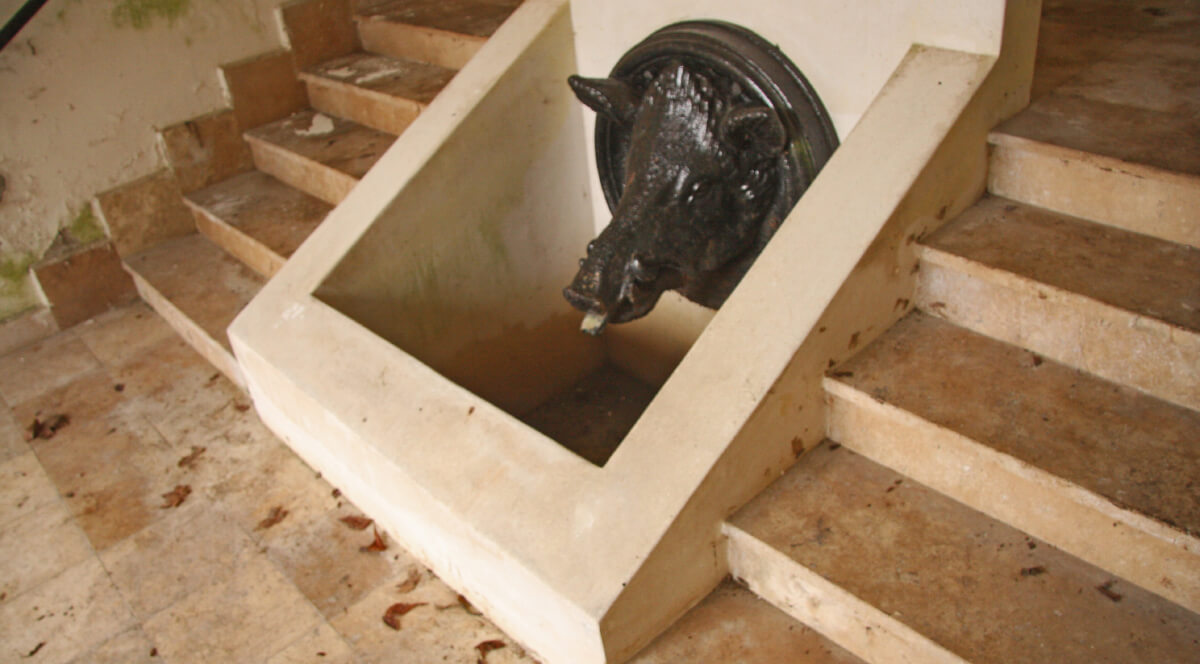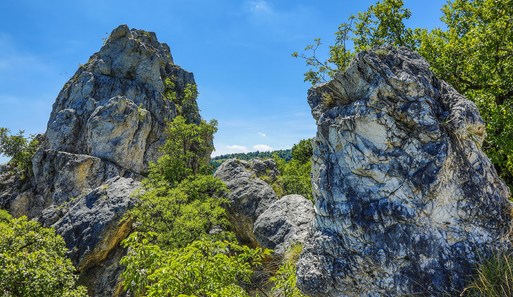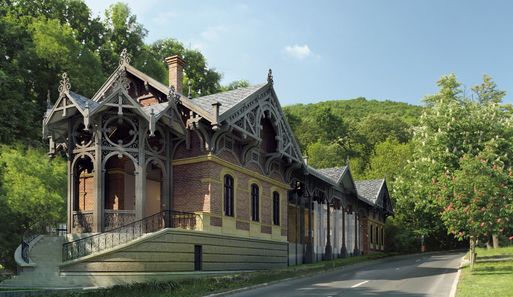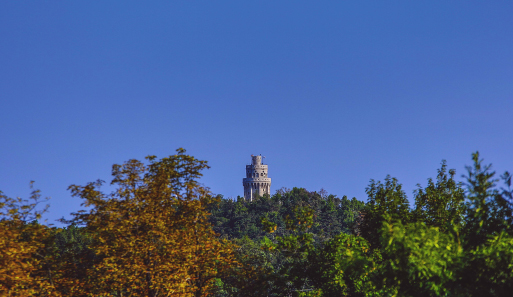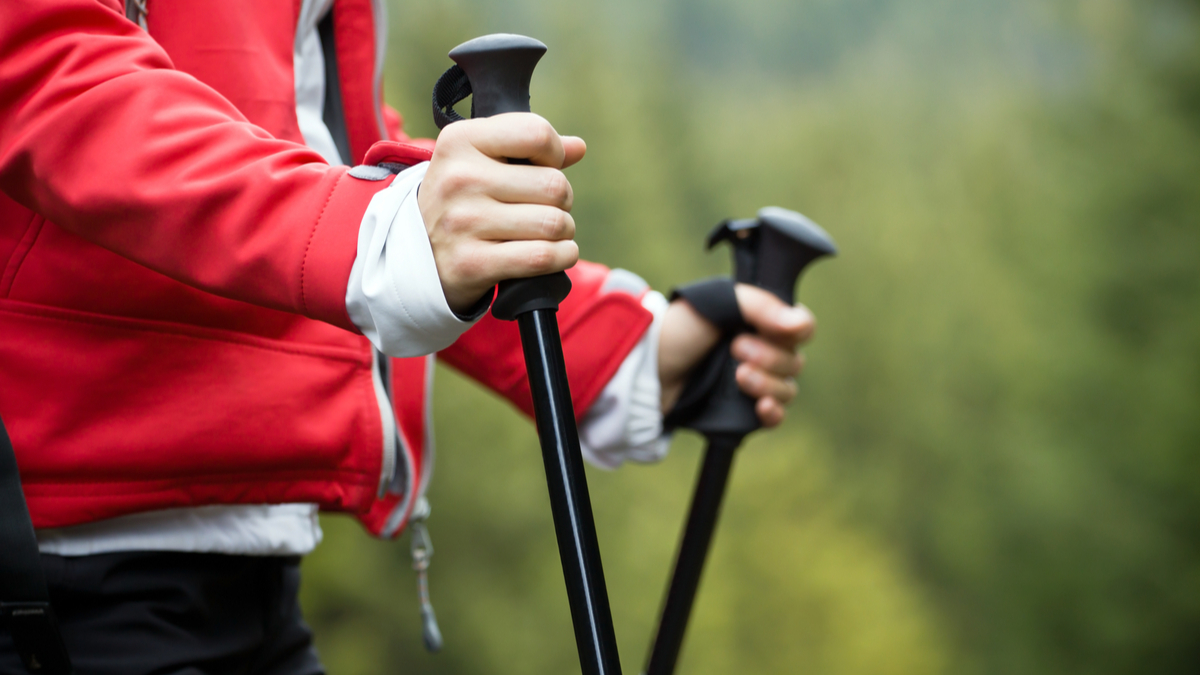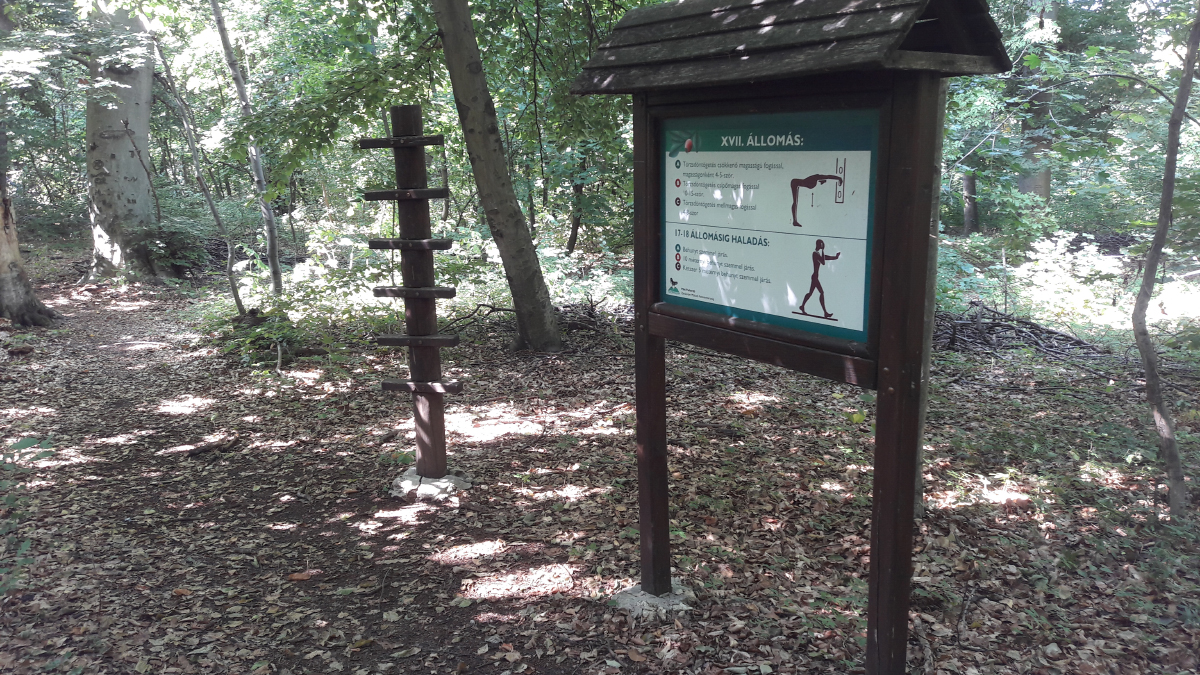The spring is 378 metres above sea level. The spring arises from a layer of Pannonian sandstone on the eastern side of Hármaskút-tető.
The spring house was built in the 1820s, but the wild boar’s head which is made from iron and spouts spring water was not installed until the 1890s.
A restaurant was built beside the spring house in the 1840s. Unfortunately, it is no longer open, and the area is closed to the public.
THE HISTORY OF BOAR HEAD
Disznófő (Boar Head) and its restaurant
The building of a restaurant and lodge in the Buda Hills was only possible in a location where water was readily available nearby. Besides the three most important water sources – Disznófő-forrás (Boar Head Spring), Városkút (Town Well) és Béla király kútja (King Béla’s Well) – by the 19th century there were also Szarvas-kút (Deer Well) and yet another which was built near the Isten Szeme (God’s Eye) Inn.
In 1762 the area known as “Sauwinkel” (“Sow Nook” in German) was purchased by councillor Johann Karl Stettner, the biggest landowner in the area. No one knows when the first houses were built there, or when his farm began to accept guests, but the writer György Gaál’s hero, Tamás Furkáts, complained in 1803 or 1804 that:
„I went out to Sauvingli, or Disznó Kutszkó (Boar Nook), where I spent time with my attentive Lord. I liked the beautiful countryside very much, but the waiters, who would bring the guests a glass of acrid wine, were as crude as pigs, and that is why they belonged in a place called Boar Nook.
There are numerous guest houses divided between various farms. Anyone jangling a money purse can find a table to sit at. If one orders his lunch at 11 in the morning, it is certain that he will still not have received it two hours later. If the host has known his guest a long time, well, he cheats him, taking double for every portion. When we drank three pints of wine, we were charged for six. Thank God we ate and drank well, but it flattened our purses!”
In 1846 Andor Vas, in the magazine Életképek (Images of Life), described the newly built spring house and the hospitality provided by the Isten Szeme Inn:
This place was wild a few years ago; quite a bit neglected and dirty. Now there are buildings here in which clean spring water flows, where the tired are offered fresh drinks in the cool grove.
In 1854 a new owner of the area, Gábor Parrag, tried to revive the inn by offering a variety of wines. Vasárnapi Újság (Sunday News) depicted it as a high-quality inn with a good atmosphere:
As you cool off at “Boar Head” you are brought food and drink from a well-stocked pantry, set out on fine tablecloths, but you cannot even knock back a glass of champagne mixed with mineral water without some Gypsy band from Budaörs or Páty thundering somewhere behind you, or a pair of wandering Tyrolean singers yodelling and playing harps around your ears. One is bad, the other even worse, but in your light-headed mood all this pagan music mixes with the drink into an eternal harmony. After lunch, you sit among a group of jovial men who smoke fine cigars and suddenly break into this or that song.
In 1867 the area passed into the hands of the famous Barber family, who started a large-scale redevelopment in the winter. Budapesti Hírlap (Budapest News) wrote in January that:
. They have totally transformed Boar Head, notably by building a spacious kiosk and replacing the old outbuildings with a tastefully decorated veranda so that one may enjoy the superb view in its entirety.
The “spacious kiosk” was suitable for 600 guests, and the gallery for the band still stands today. The tenant was a generous and kind-hearted man:
The Women’s Association rewarded the orphan pupils who had passed their exams with a cheerful celebration, at which the gracious host at Boar Head, Mr Kapsz, provided well for them at little charge.
It was possible to meet many interesting and famous guests at Boar Head, including the most illustrious actors of the time, who in May 1875 made merry in the forest:
The theatre school held a jovial outdoor feast on 20 May in Zugliget. In the afternoon, many writers and artists joined the large group which occupied the idyllic hill at Boar Head. The younger members of the conservatorium – under the supervision of Mr Paulay and Mr Szigligeti – made an excursion to Svábhegy, thence to Normafa, and finally to Boar Head, where the others were encamped and partaking of a delightful meal. Among the company of the National Theatre we saw Mrs Blaha, Mrs Kassay, Mrs Paulay, Mr and Mrs Náday, Imre Nagy, Ida Benza, Mr Tamássy, Mr Vizvár, Mr Szigligeti, and Julcsa Nagy. The merriment drew to an end after midnight when the indefatigable ones rode back to Budapest in two coaches.
By 1879 the Barber family had run their properties in Svábhegy and Zugliget into the ground, including the restaurant at Boar Head which was auctioned off. In 1881, Mátyás Kukuvecz became the tenant of the restaurant for the next nine years. During his management there were many complaints about the prices and the behaviour of his staff. This small description appears in Budapesti Hírlap in 1885:
Mr X took a trip out to Zugliget and up to Boar Head with his family, where his little ones were especially entertained. They frolicked, danced, picked flowers, climbed hills, and all the while their hunger grew. Mr X is a man of means who spares no expense, especially where his children are concerned… They went to Boar Head to eat. They consumed a portion of ham, a portion of cow’s tongue, a portion of salami, some fresh radish with a little butter, a litre of white wine, four glasses of beer and five loaves of bread. The little ones had an incredibly good appetite. Mr X calculated the price of the whole meal – altogether 3 forints and 48 pennies. The headwaiter stepped forward, bowing and scraping, and presented the bill. Mr X was dumbfounded by the large sum, which surpassed his expectations at 6 forints and 21 pennies.
“Excuse me, waiter! This cannot be right!” “But it is, Sir. Six forints and 21 pennies.”
“Well, where is the owner?” “He is never here at this time.”
“Listen to me! Don’t be boorish!”
So the waiter explained that Boar Head had a good atmosphere, true to its name. Then he looked scornfully at the guest and said:
“Sir, you are at BOAR Head, where we are BOAR-ish!”
In 1899 the “Boar Head Restaurant” appeared in a local directory. It was run by Károly Schaffer from 1904, then by his widow from 1909, but subsequent owners are not known. It is apparent from advertisements for excursions organized by associations and clubs that this place continued to be one of the favourite destinations for hikers
And so it remained in the years following World War Two when the restaurant was nationalized. In 1970 and 1974 it was renovated; the second time it took so long that it did not reopen until 28 November 1975, in time for the ski season.
In the years around the fall of communism, from 1988 to 1992, the footballer Kálmán Mészöly was the owner. After four years he sold the business and it passed through other hands until 2007 when it became the property of an unknown company. Even though the building has been under a local protection order since 1996, its fate remains unknown. The famous spring is still on private land and remains closed to hikers.
(Source: Hegyvidéki Local History Collection)


















